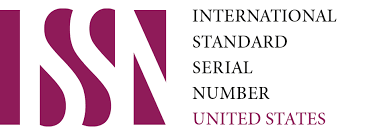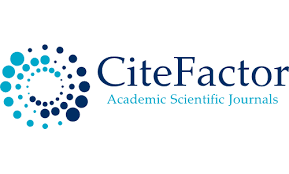Study of the Physical Status of Children in Sensitive Periods of Their Development
Keywords:
Preschool age, physical status, the process of physical education, sensitive periodAbstract
The article presents the results of studies conducted to identify the level of physical development and motor fitness of preschool children. At the end of a preschool institution, it is necessary to take into account the individual characteristics of the physical status, as well as the regulation of physical activity corresponding to the biological needs of the children's body.
References
Patidinov Kamolidin. (2021). Physical Preparation and Development of School Students. Journal of Pedagogical Inventions and Practices, 3, 161–163. Retrieved from https://zienjournals.com/index.php/jpip/article/view/517
Sidikova, G. S., & Ibrahimovich, T. A. (2021). FORMATION OF CHILDREN'S HEALTH CULTURE AS A SOCIAL AND PEDAGOGICAL PROBLEM. Conferencea, 71-74.
Ubaidullaev, R. M. (2020). Comparative monitoring of indicators of physical fitness of girls in rural schools with the standards of health tests "Barchina". In Science Today: Basic and Applied Research (pp. 37-40).
Usmonov, Z. N. (2020). MONITORING OF PHYSICAL AND HEALTH WORKS IN RURAL COMPREHENSIVE SCHOOLS. European Journal of Research and Reflection in Educational Sciences Vol, 8(3).
Usmanov, Z. A. (2019). STUDY OF THEORETICAL TRAINING OF STUDENTS OF MIDDLE SCHOOL AGE ON THE SUBJECT "PHYSICAL EDUCATION". Science today: fundamental and applied research, 90.
Hamrakulov R. PEDAGOGICAL BASES OF FORMATION OF PHYSICAL EDUCATION AND SPORTS TRAINING IN HIGHER EDUCATION SYSTEM.
Yuldashev, M. (2021). INNOVATIVE ASPECTS FOR HEALTHY LIFESTYLE FORMATION AND DEVELOPMENT OF SPORTS. CURRENT RESEARCH JOURNAL OF PEDAGOGICS, 2(05), 102-107.
Khaidaraliev, H. H. (2019). MOTI CHOICE OF PROFESSION AS A MANIFESTATION OF PATRIOTISM OF MODERN STUDENTS. In EUROPEAN RESEARCH: INNOVATION IN SCIENCE, EDUCATION AND TECHNOLOGY (pp. 50-52).
Downloads
Published
Issue
Section
License

This work is licensed under a Creative Commons Attribution-NonCommercial 4.0 International License.
User Rights
Under the Creative Commons Attribution-NonCommercial 4.0 International (CC-BY-NC), the author (s) and users are free to share (copy, distribute and transmit the contribution).
Rights of Authors
Authors retain the following rights:
1. Copyright and other proprietary rights relating to the article, such as patent rights,
2. the right to use the substance of the article in future works, including lectures and books,
3. the right to reproduce the article for own purposes, provided the copies are not offered for sale,
4. the right to self-archive the article.













